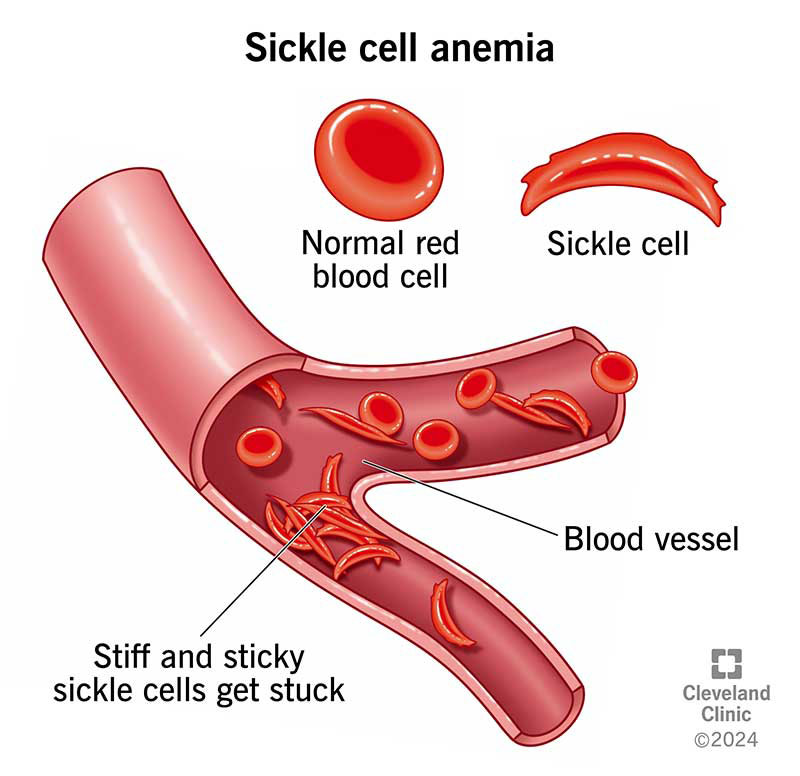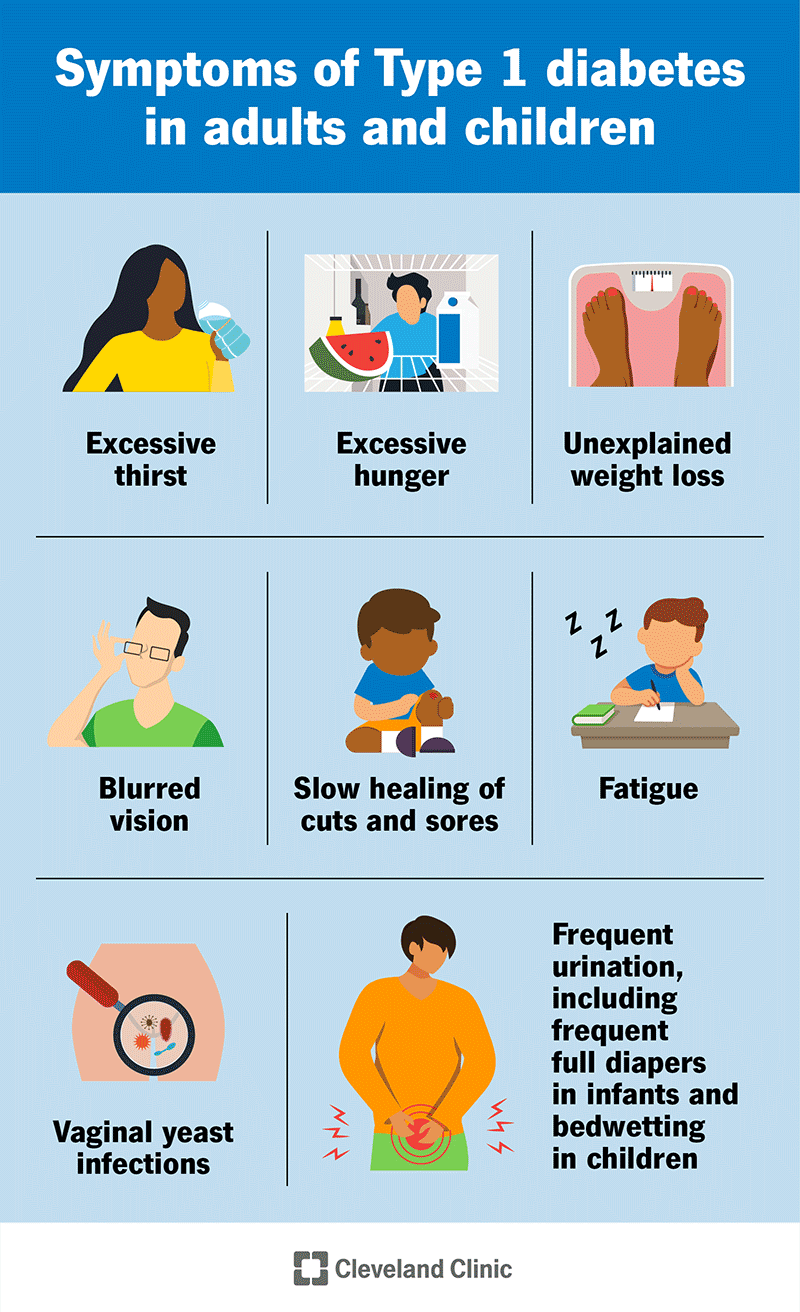A 65-year-old patient has just received a blood transfusion. Shortly after the transfusion begins, the patient complains of chills, back pain, and difficulty breathing. What is the most likely cause of these symptoms?
Febrile non-hemolytic transfusion reaction.
Allergic reaction.
Fluid overload.
Acute hemolytic transfusion reaction.
The Correct Answer is D
Choice A Reason:
Febrile non-hemolytic transfusion reactions (FNHTRs) are common and typically present with fever, chills, and sometimes rigors. However, they do not usually cause severe symptoms such as back pain and difficulty breathing. FNHTRs are generally less severe and are caused by the recipient’s immune response to donor white blood cells or cytokines in the transfused blood.
Choice B Reason:
Allergic reactions to blood transfusions can range from mild to severe. Mild reactions may include itching, hives, and rash, while severe reactions (anaphylaxis) can cause difficulty breathing and hypotension. However, allergic reactions do not typically cause back pain, which is more indicative of a hemolytic process.
Choice C Reason:
Fluid overload, also known as transfusion-associated circulatory overload (TACO), can occur when too much blood is transfused too quickly. Symptoms include dyspnea, hypertension, and pulmonary edema. While difficulty breathing is a symptom of fluid overload, chills and back pain are not typical features.
Choice D Reason:
Acute hemolytic transfusion reaction (AHTR) is the most likely cause of the patient’s symptoms. AHTR occurs when the recipient’s immune system attacks the transfused red blood cells, leading to their destruction. This reaction can cause severe symptoms such as chills, fever, back pain, and difficulty breathing. It is a medical emergency that requires immediate intervention to prevent serious complications, including kidney failure and shock.
Nursing Test Bank
Naxlex Comprehensive Predictor Exams
Related Questions
Correct Answer is A
Explanation
Choice A Reason:
Administering intravenous fluids and pain management is the most appropriate initial intervention for a patient with sickle cell anemia presenting with severe pain, fever, and dehydration. Sickle cell crises often lead to severe pain due to vaso-occlusion, where sickled red blood cells block blood flow to various parts of the body. Intravenous fluids help to rehydrate the patient and reduce blood viscosity, which can alleviate the vaso-occlusive crisis. Pain management is crucial to provide relief and improve the patient’s comfort. This approach addresses the immediate symptoms and stabilizes the patient.
Choice B Reason:
Applying cold compresses to the painful areas is not recommended for patients with sickle cell anemia. Cold can cause vasoconstriction, which may worsen the vaso-occlusion and increase pain. Instead, warm compresses are often suggested to help dilate blood vessels and improve blood flow.
Choice C Reason:
Administering antibiotics immediately is not the primary intervention unless there is a clear indication of an infection. While fever can be a sign of infection, it can also occur due to the inflammatory response associated with a sickle cell crisis. The priority is to manage pain and dehydration first, and then evaluate the need for antibiotics based on clinical findings.
Choice D Reason:
Encouraging the patient to perform light exercise is not appropriate during an acute sickle cell crisis. Physical activity can increase oxygen demand and exacerbate the pain and vaso-occlusion. Rest and adequate hydration are more suitable to manage the crisis effectively.

Correct Answer is A
Explanation
Choice A Reason:
Testing blood glucose levels every 6 hours during illness is crucial for managing type 1 diabetes. Illness can cause blood glucose levels to fluctuate unpredictably, and frequent monitoring helps in making timely adjustments to insulin doses and dietary intake. This practice helps prevent both hyperglycemia and hypoglycemia, ensuring better overall control of diabetes during periods of illness.
Choice B Reason:
Administering the usual daily dose of insulin is important even during illness. Skipping insulin doses can lead to dangerously high blood glucose levels and increase the risk of diabetic ketoacidosis (DKA). It is essential to continue taking insulin as prescribed and to consult with a healthcare provider if any adjustments are needed based on blood glucose readings.
Choice C Reason:
Limiting juices, soda, and gelatin is not typically recommended during illness for patients with type 1 diabetes. These items can be useful for maintaining hydration and providing quick sources of carbohydrates if the patient is unable to eat solid foods. Instead of limiting these items, it is more important to monitor carbohydrate intake and adjust insulin doses accordingly.
Choice D Reason:
Reporting a blood glucose level greater than 300 is critical for preventing complications. High blood glucose levels can indicate the onset of DKA, a serious condition that requires immediate medical attention. Promptly reporting elevated blood glucose levels allows for timely intervention and management to prevent severe complications.

Whether you are a student looking to ace your exams or a practicing nurse seeking to enhance your expertise , our nursing education contents will empower you with the confidence and competence to make a difference in the lives of patients and become a respected leader in the healthcare field.
Visit Naxlex, invest in your future and unlock endless possibilities with our unparalleled nursing education contents today
Report Wrong Answer on the Current Question
Do you disagree with the answer? If yes, what is your expected answer? Explain.
Kindly be descriptive with the issue you are facing.
